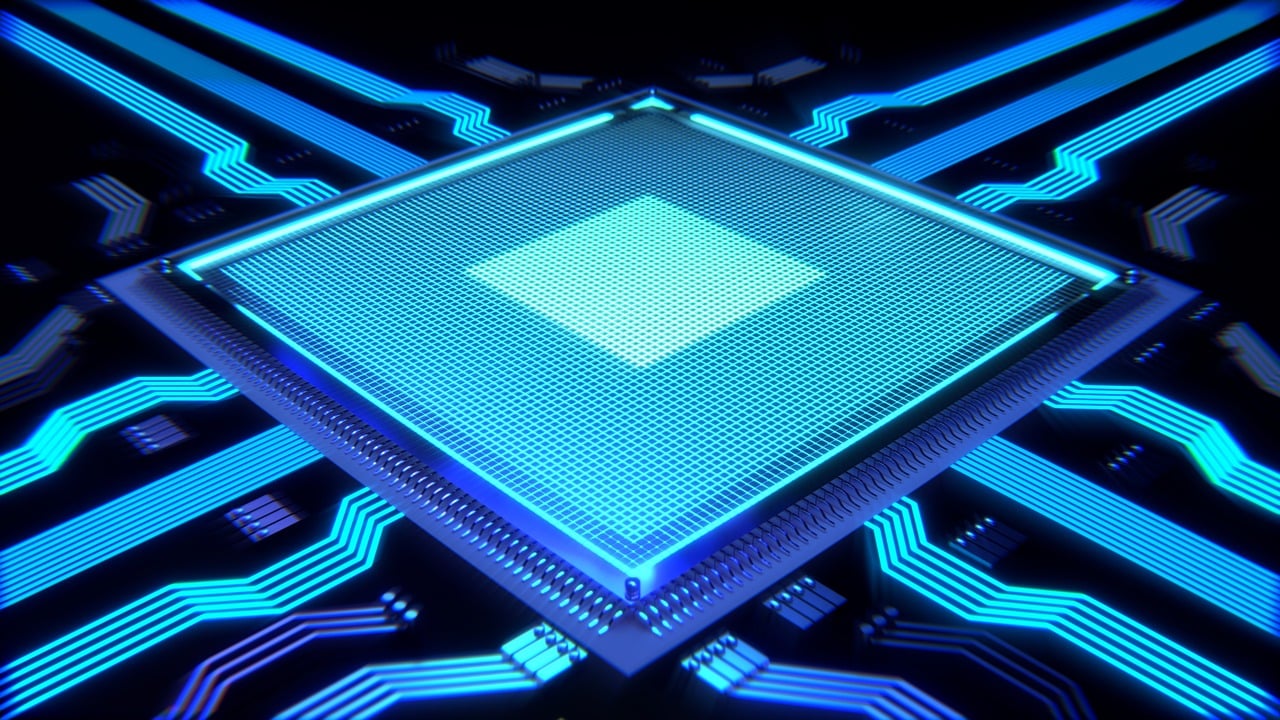This post is also available in:
 עברית (Hebrew)
עברית (Hebrew)
Scientists from Oxford University partnered with scientists from Germany and the UK to develop a new kind of AI hardware that uses light to process 3D data and can vastly boost the data processing speed and efficiency for AI tasks. The hardware is based on integrated photonic-electronic chips and can simultaneously perform complex calculations using different wavelengths and radio frequencies of light.
The research was published in Nature Photonics, and it addresses the challenge of modern AI applications’ increasing demand for computing power. Conventional computer chips rely on electronics and struggle to keep up with the pace of AI innovation. The scientists claim that using light instead of electronics offers a new way of computing that can overcome this bottleneck issue.
According to Interesting Engineering, the team had previously demonstrated a prototype of a photonic chip that could perform matrix-vector multiplication, which is an essential operation for AI and machine learning that is faster than any electronic chip. This chip uses different light colors to represent different data sets and can simultaneously carry out multiple calculations.
Furthermore, the team recently added another dimension of parallelism to their photonic chip by using different radio frequencies of light to encode the data. Now with much higher speed and accuracy, the chip can process 3D data like images or videos.
The scientists claim that their hardware can perform 100 times better than the best electronic processors in terms of energy efficiency and compute density, and expect to achieve further improvement in computing parallelism by exploiting more light features, such as polarization and mode multiplexing.
The first author of the paper Dr. Bowei Dong has said: “We used to think that using light instead of electronics could only increase parallelism by using different colors – but then we discovered that using radio frequencies to represent data opens up a whole new dimension, enabling superfast parallel processing for emerging AI hardware.”


























